The cannon (artifact code A9-2782) was discovered in excavation pits at the archaeological site at 18 Hoang Dieu, Ba Dinh, Hanoi, in the Central Area of Thang Long Imperial Citadel. The artifact was discovered in pits with stable and reliable stratigraphy.
|
The national treasure, the Le Trung Hung Dynasty cannon, is being solemnly displayed along with millions of valuable artifacts and documents at Thang Long Imperial Citadel. |
The Le Trung Hung cannon had a cylindrical shape and consisted of four parts: the muzzle, the barrel, the barrel, and the handle. The cannon had no axis of rotation (steering shaft), strap, or knob.
Associate Professor, Dr. Tong Trung Tin, Chairman of the Vietnam Archaeological Association, stated that cannons were used in Dai Viet around the 17th century. The gun casting technology of Dai Viet and later Dai Nam had reached a high level. “Large guns in feudal Vietnam were often called cannons, with the meaning of having divine power, special rare value, typical of the country in terms of history, culture, and science ,” emphasized Associate Professor, Dr. Tong Trung Tin.
|
|
|
The 17th century Le Trung Hung cannon was meticulously crafted and achieved a high level of quality. |
Talking about the manufacture and use of guns in ancient times, archaeologist Dr. Nguyen Thi Hau said it is unclear when guns were first used in the military. When did Dai Viet start? The first official history mentioned the use of guns was the event in the battle on Hai Trieu River (now the river section bordering Tien Lu district, Hung Yen province and Hung Ha district, Thai Binh province), Tran Dynasty general Tran Khat Chan ordered his troops to use guns to shoot at the Cham army's warships.
By the Ho Dynasty, guns were widely used, and the Ho Dynasty even manufactured cannons of different types. The book “Viet Kieu Thu” states that, in the Luc Giang battle on February 21, Dinh Hoi year (1407) between the Ho Dynasty army and the invading Ming army, many types of guns and cannons were used, and the bullets in that battle “shot out like lightning”. During the Ho Dynasty, heavy guns were cannons called “cannons”, or “divine machines” (or divine machines to fire cannons). Later, there were also flamethrowers, which were weapons containing flammable substances and used high pressure to spray fire to burn the target. During the Le Trung Hung period, there were flamethrowers, during the Tay Son period, there were “fire tigers”…
|
|
|
|
|
The characteristic of the Le Trung Hung period cannon is its round cylindrical shape. |
When guns were widely equipped for the army, guns were used in military exercises, martial arts training and even in martial arts competitions.
Associate Professor, Dr. Tong Trung Tin provided more information, in the West of Thang Long citadel there is a large training ground called the shooting range, not only used for practicing martial arts, weapon demonstrations but also for practicing archery and shooting. In the examination, shooting was a compulsory subject, for example in the year Canh Ty (1780) under the reign of Le Hien Tong, the examination system was re-established, accordingly archery and shooting were the second part of the martial arts examination.
In some documents and legal codes of the Later Le Dynasty, there are many regulations related to training, exercises, shooting competitions... Thanks to their excellent training, soldiers of the Later Le Dynasty were very good at shooting, this was recorded and reported by Westerners in our country at that time with admiration.
|
The national treasure, the Le Trung Hung period cannon, attracts the attention of tourists every time they visit Thang Long Imperial Citadel. |
“Ancient Vietnamese weapons from the Le Trung Hung period and especially the Nguyen period, large firearms such as cannons began to appear and became increasingly popular, vividly reflecting military art. "Vietnam is a People's War, a guerrilla war, using the small to fight the big, using the few to fight the many," said Dr. Nguyen Thi Hau.
Also according to Associate Professor, Dr. Tong Trung Tin: "When building a dossier for the State to recognize it as a National Treasure, we must be aware of considering it a true national treasure, and have plans and solutions to protect and promote its value so that the general public understands and is proud of the value of the heritage."
Article and photos: HA ANH
Source: https://www.qdnd.vn/van-hoa/doi-song/bao-vat-quoc-gia-sung-than-cong-thoi-le-trung-hung-718945


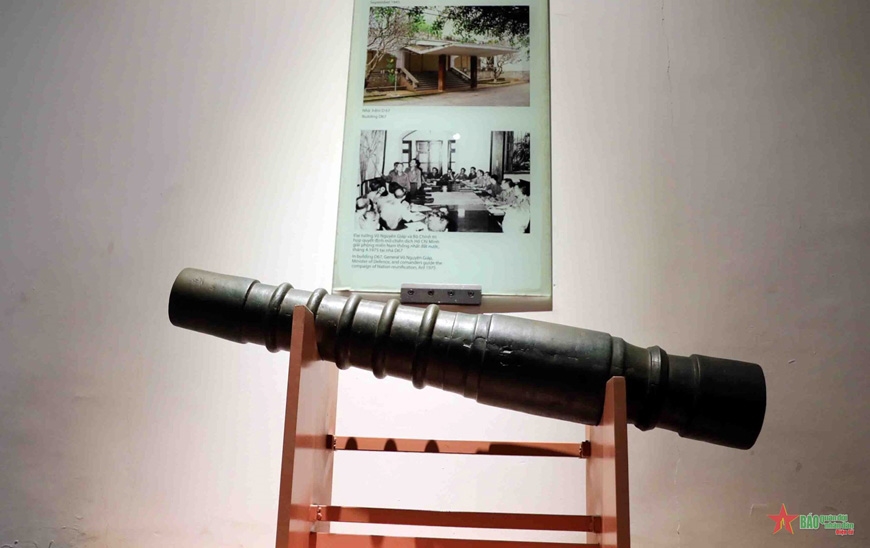
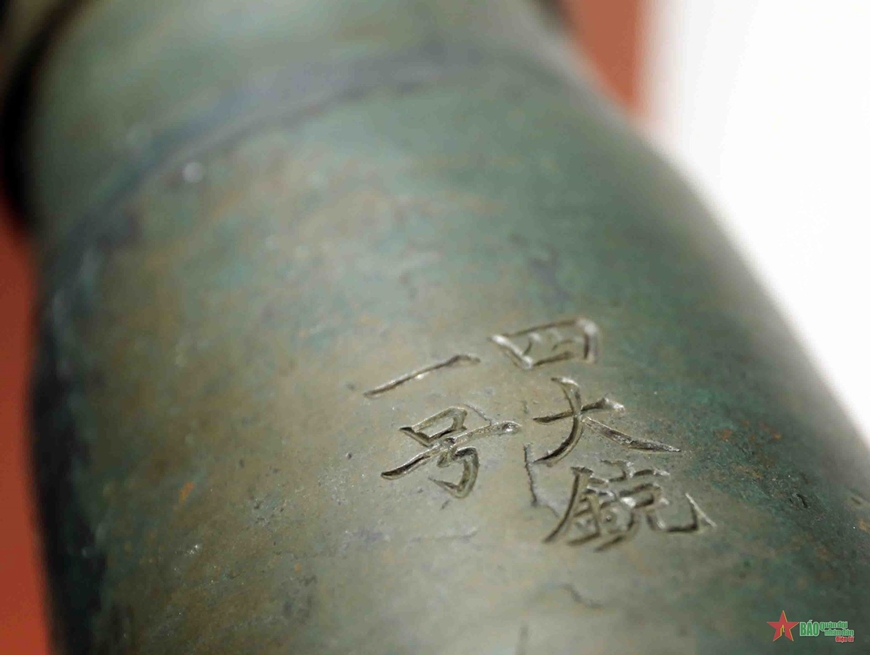
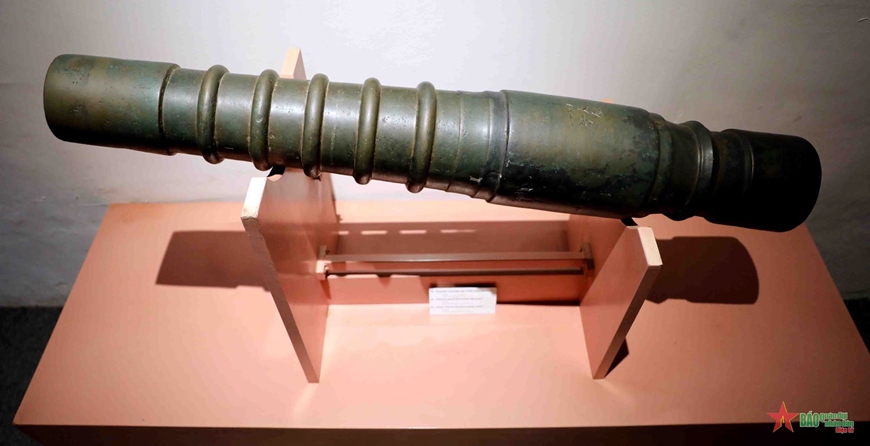
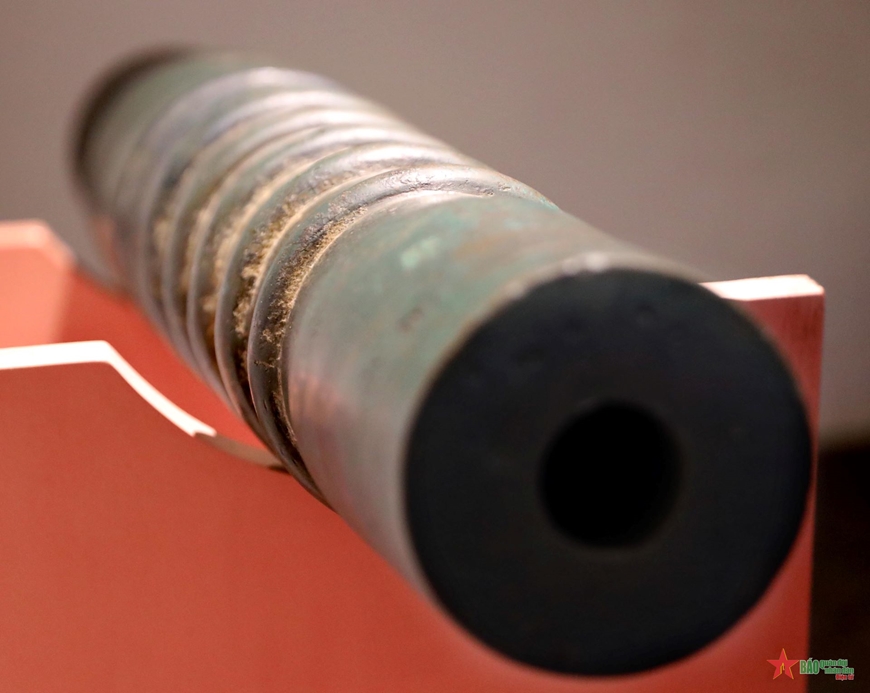
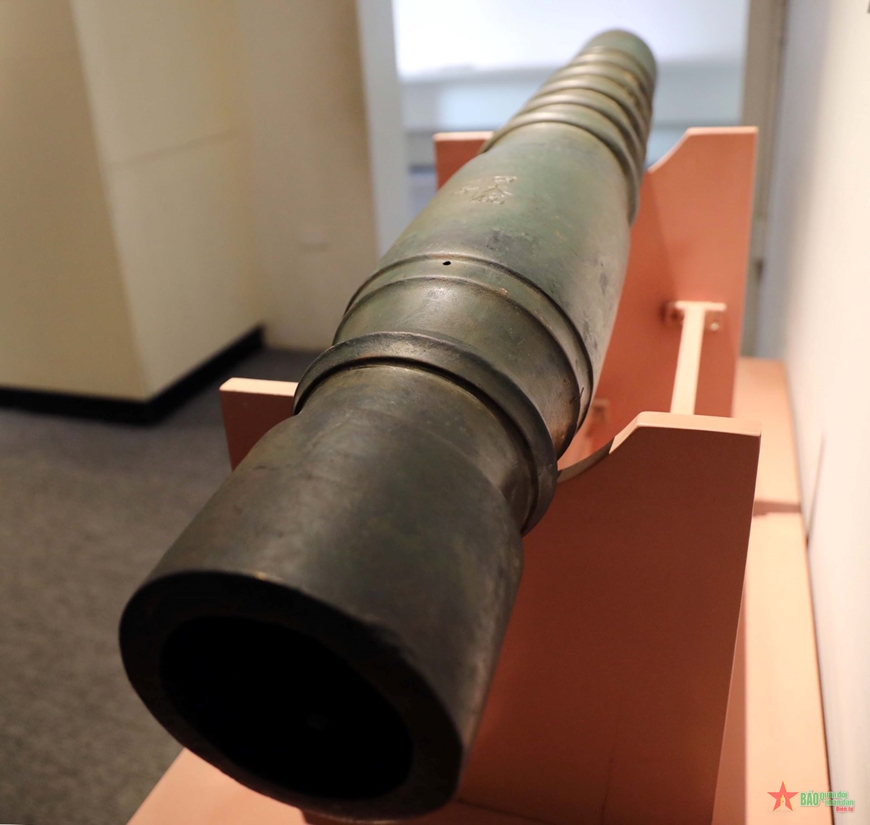
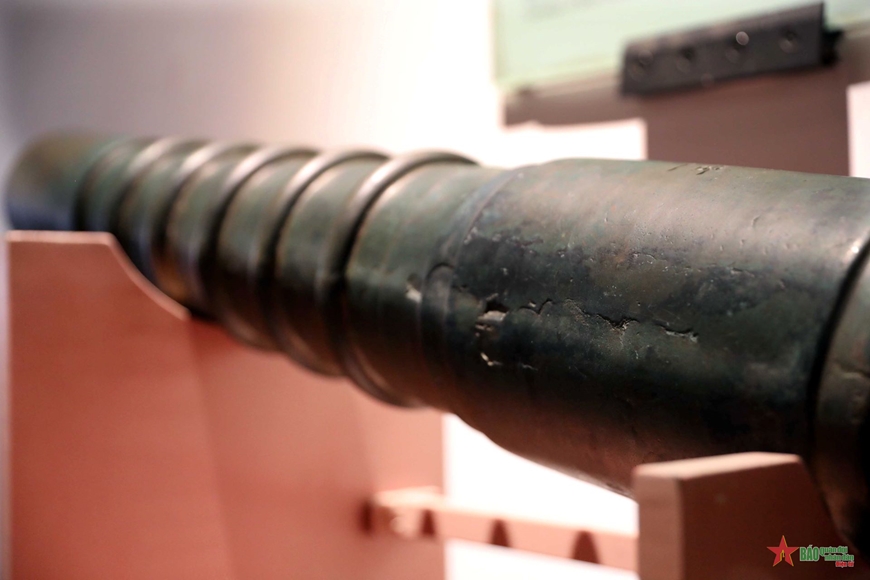


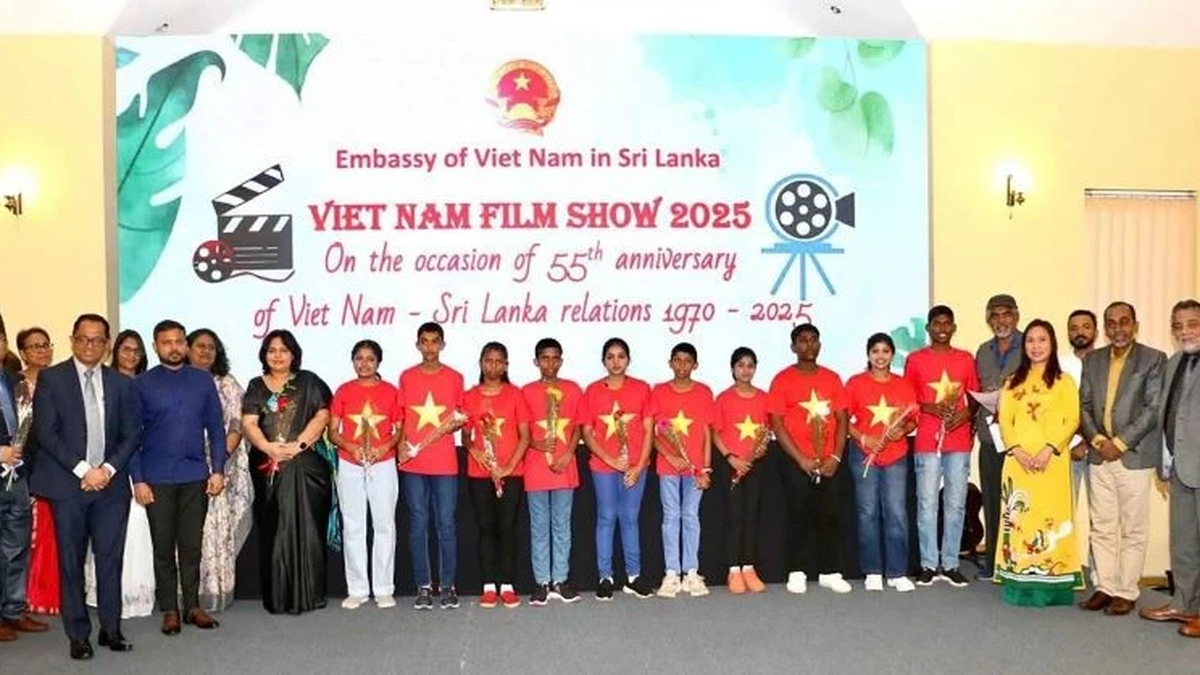

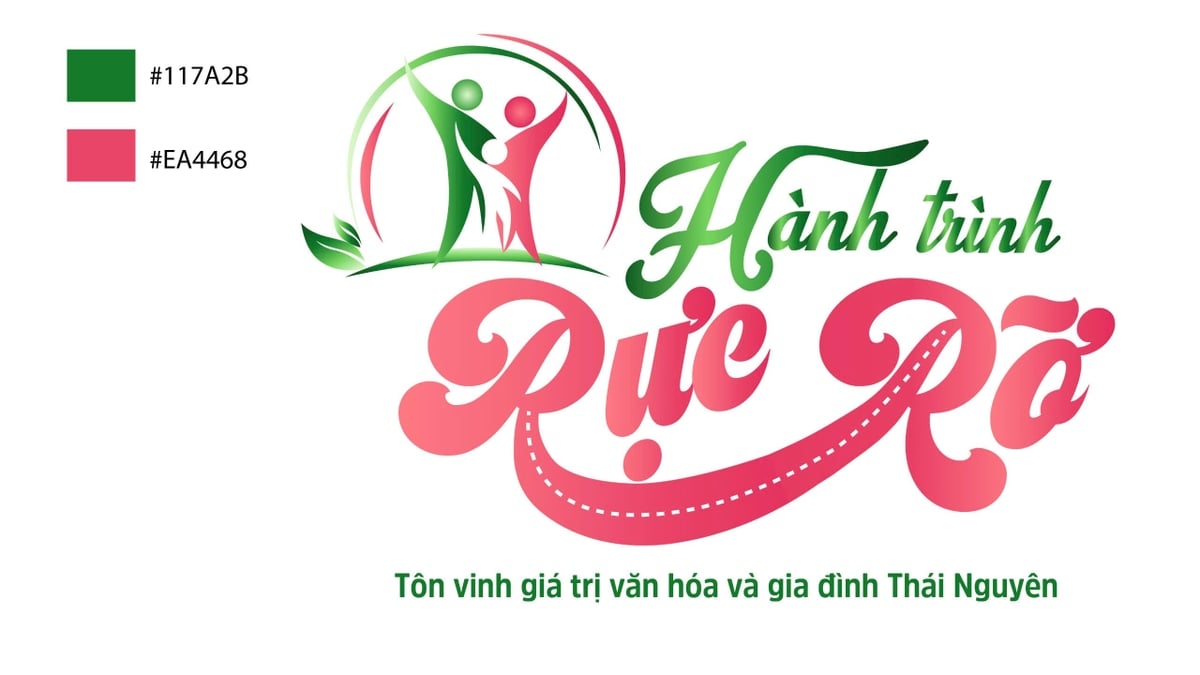

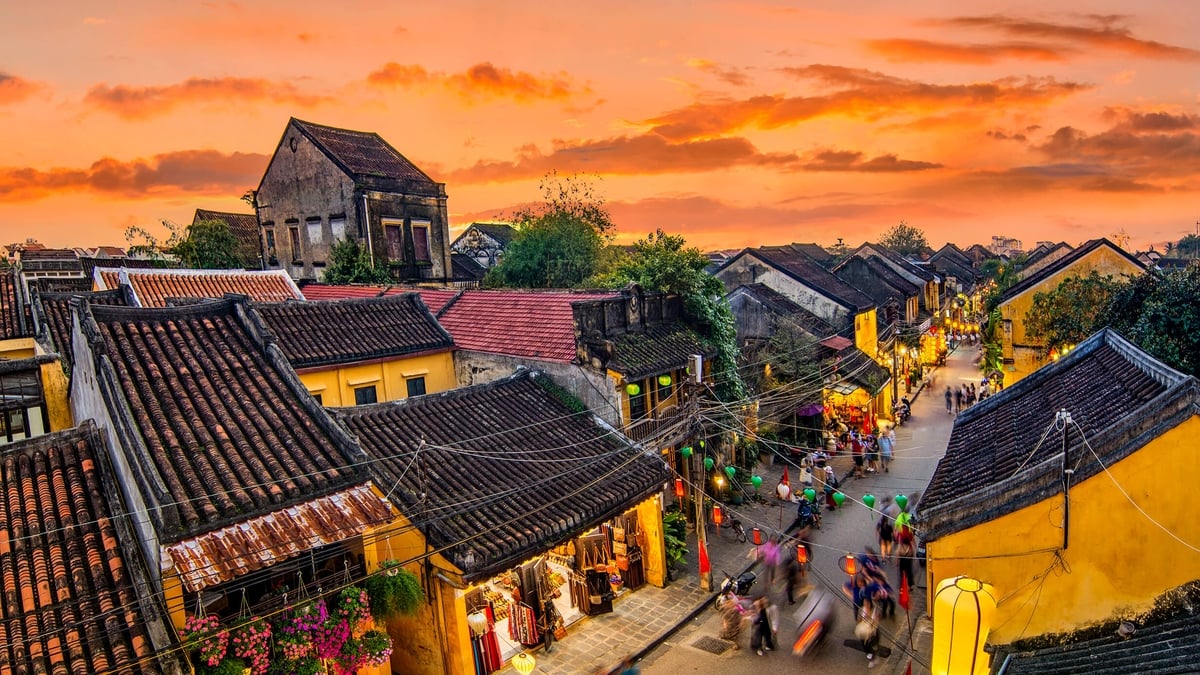

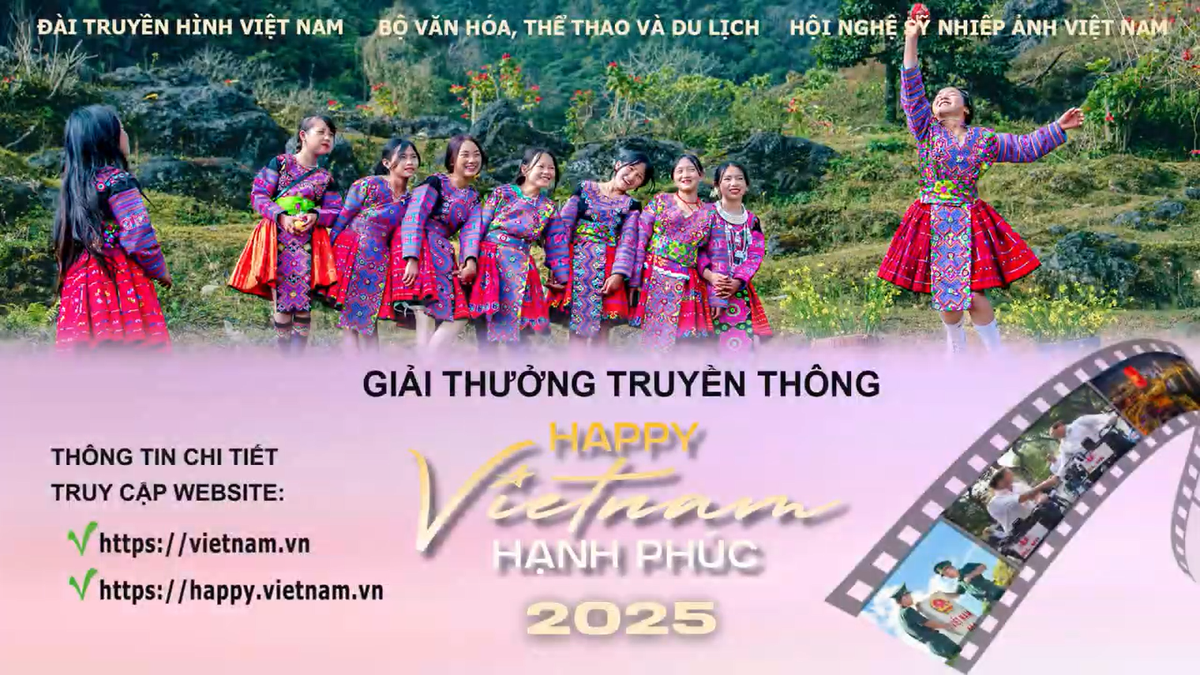
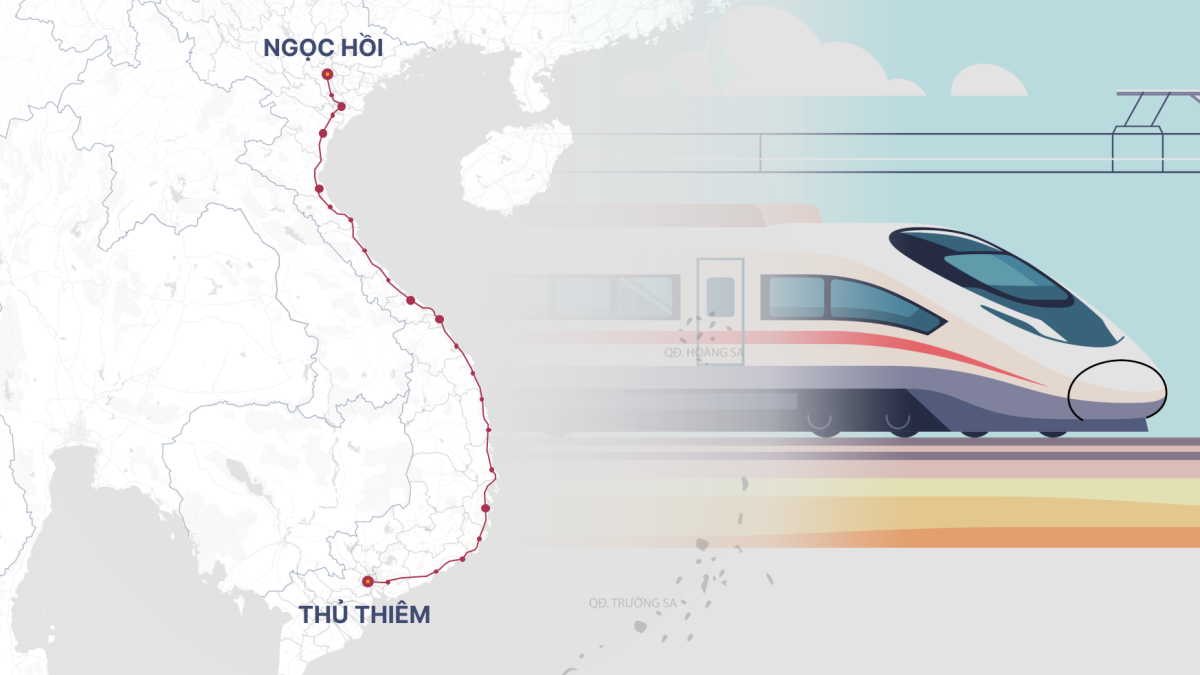
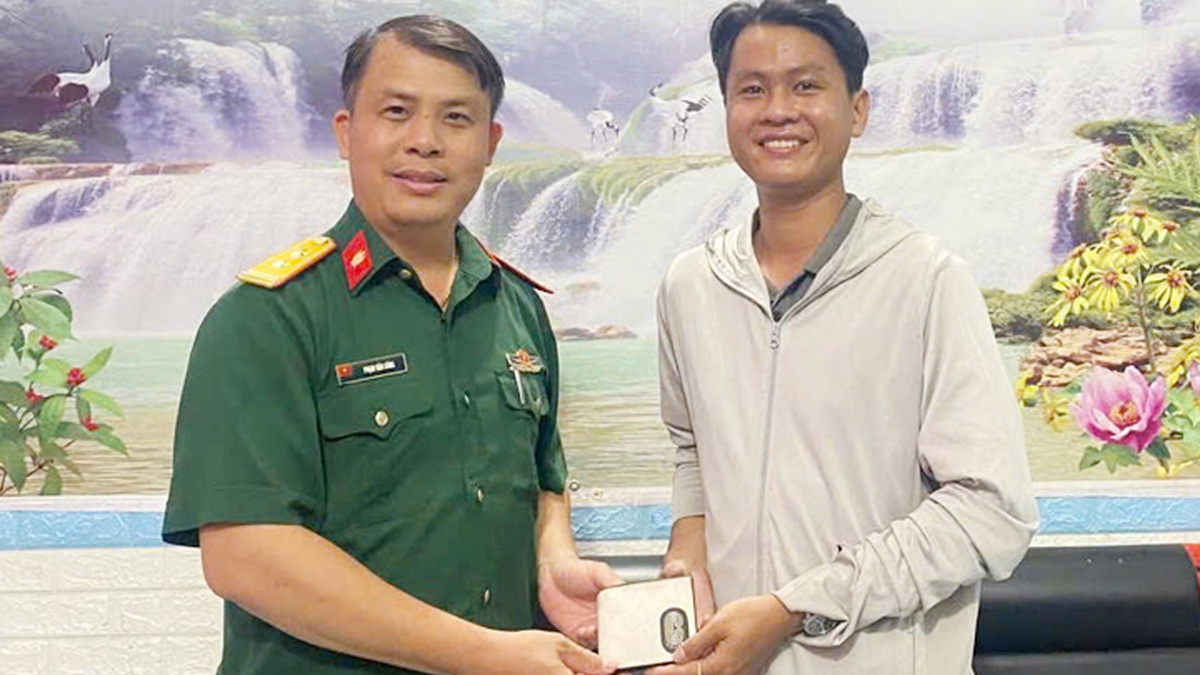






















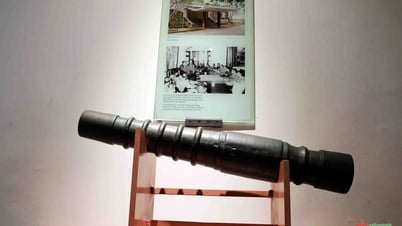
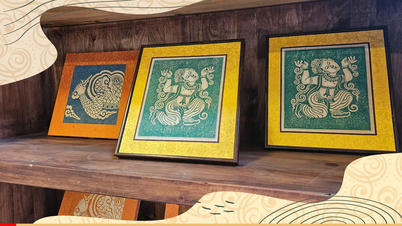

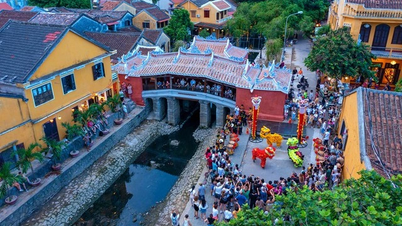

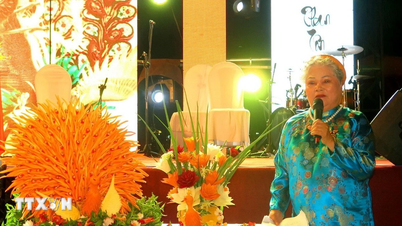

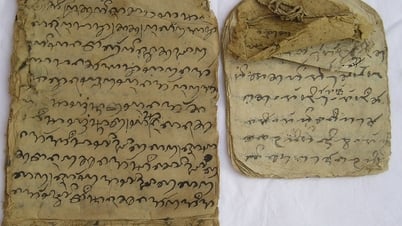




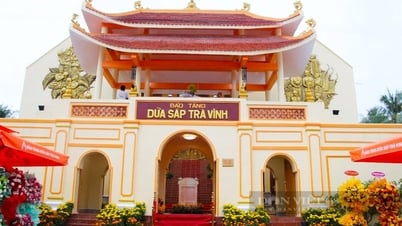



















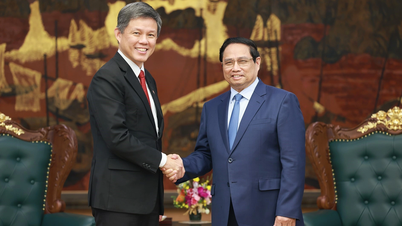
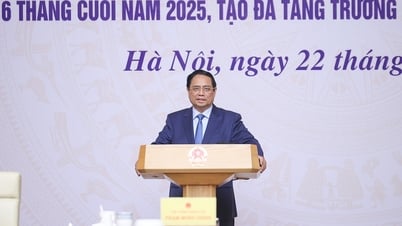
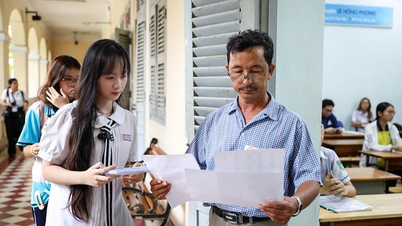




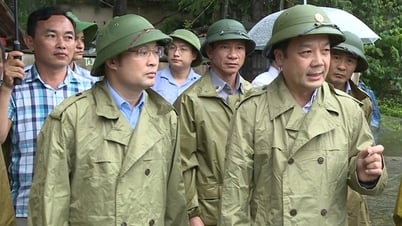


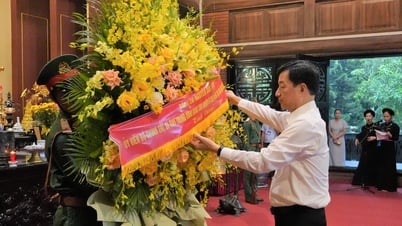





















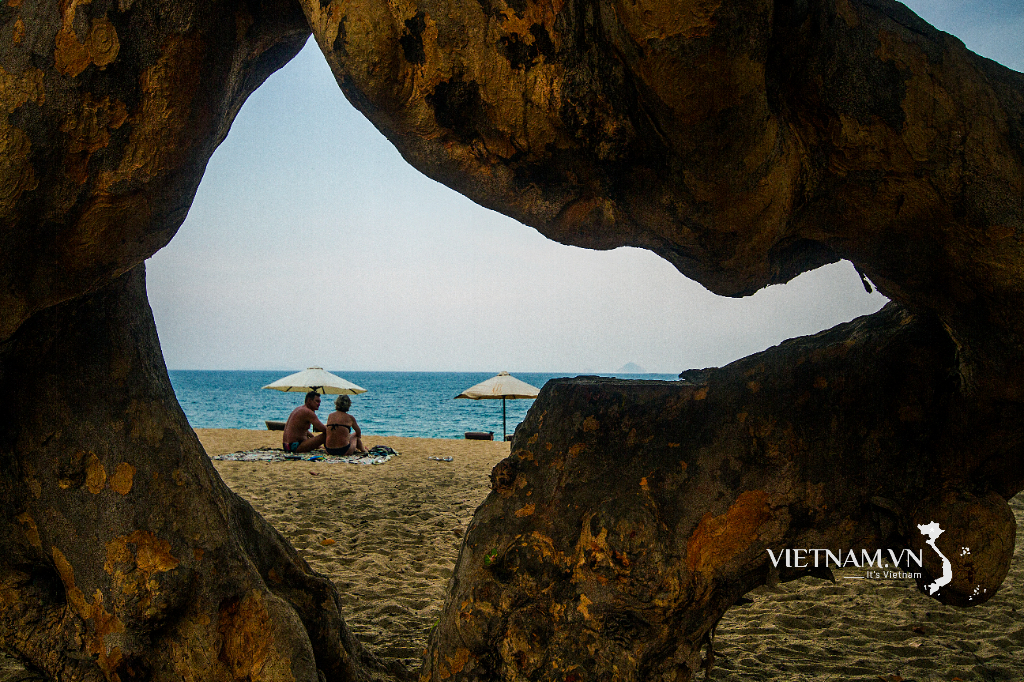
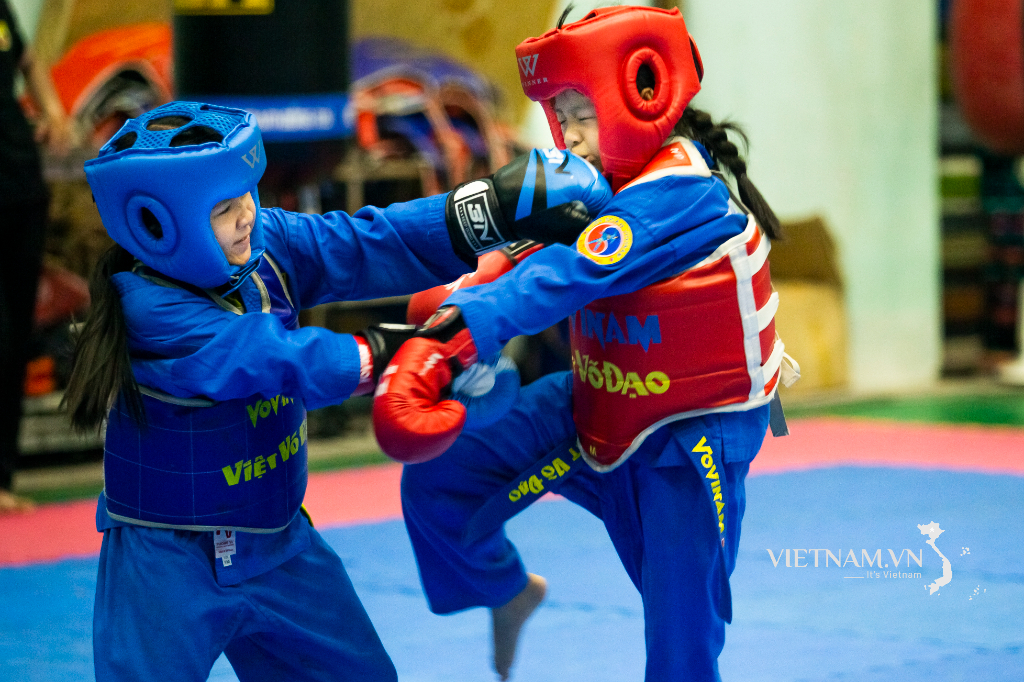

Comment (0)